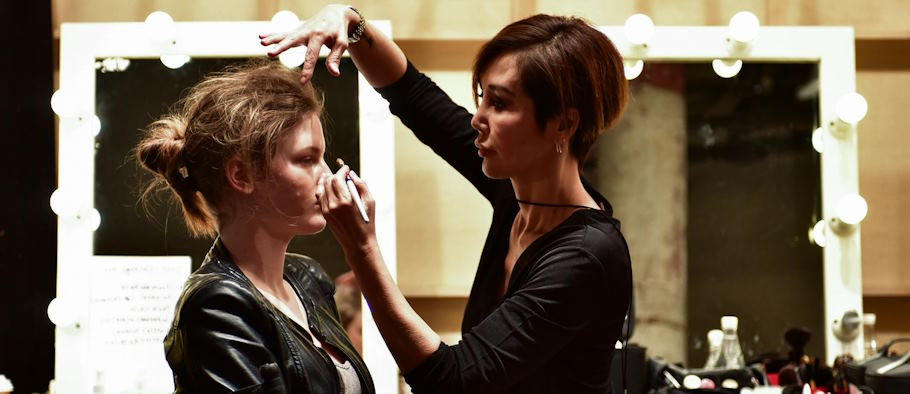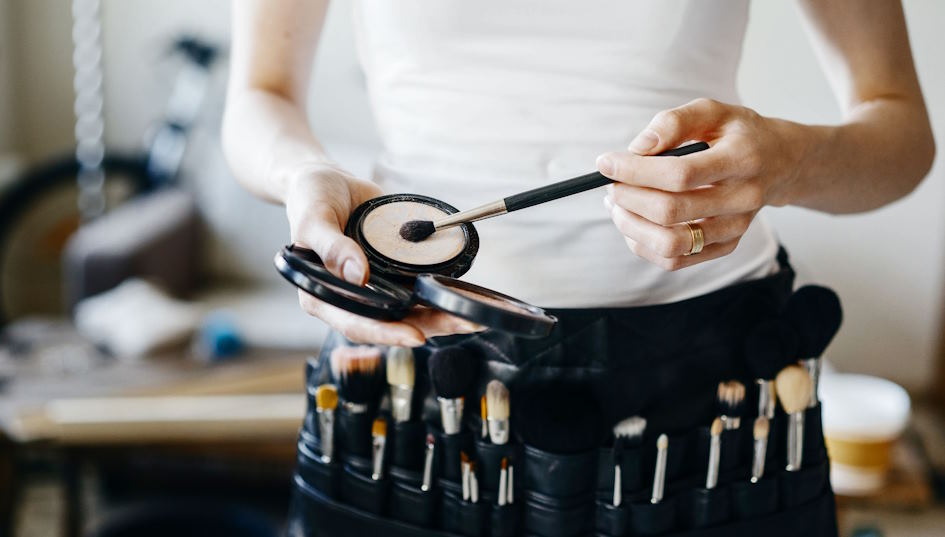Makeup for Stage and Performance: Dramatic Techniques
In the enchanting world of stage and performance, where storytelling unfolds and emotions run deep, makeup becomes a potent brush that paints the canvas of characters and narratives. Whether it’s the theater, dance, opera, or any form of live performance, the art of makeup is a transformative force that can captivate audiences and bring characters to life in ways that words alone cannot.
Understanding the Basics of Stage Makeup
When it comes to stage and performance, makeup isn’t just about enhancing natural beauty; it’s a powerful tool used to convey character, emotion, and narrative to the audience. To excel in this art, understanding the basics of stage makeup is essential. Here, we break down the fundamentals:
The key differences between stage makeup and everyday makeup
Stage makeup is a departure from your everyday beauty routine. It needs to be bolder, more pronounced, and often exaggerated to ensure that your expressions and features are visible to the audience. Colors are typically more vibrant, lines are sharper, and contours are deeper. What looks dramatic up close may appear subtle under bright stage lights, making contrast and definition crucial.
The importance of makeup for visibility under stage lighting
Stage lighting can be unforgiving, and without the right makeup, performers’ faces may appear washed out or featureless. The goal is not just to look good up close but to ensure your expressions and features are visible to those in the back rows. This often means using heavier makeup, focusing on eyes and lips, and accounting for the distance between you and the audience.

Special Effects Makeup: Unleashing The Extraordinary on Stage
Introduction to special effects makeup for stage
Special effects makeup is the secret behind the mesmerizing and often spine-chilling transformations we witness on stage. It’s the art of taking a character’s appearance to the next level, whether it involves creating fantastical creatures, horrifying monsters, or historical figures. Special effects makeup goes beyond enhancing beauty; it brings imagination to life.
Creating wounds, scars, and other dramatic effects
One of the most riveting aspects of special effects makeup is its ability to simulate injuries, wounds, and scars with astonishing realism. Makeup artists use various techniques, such as latex, gelatin, and even silicone, to craft these effects. With the right skills and materials, they can make it appear as though a character has endured battle wounds, burns, or even a zombie bite. It’s a testament to the power of makeup to tell a story without words.
The use of prosthetics and makeup appliances
Prosthetics and makeup appliances are the unsung heroes of special effects makeup. These carefully crafted pieces, often made from silicone or foam latex, can transform an actor’s face or body into something entirely otherworldly. From pointy ears for elves to gruesome masks for monsters, these appliances are a cornerstone of special effects makeup. With precise application, they seamlessly merge with an actor’s skin, creating jaw-dropping effects that captivate and terrify audiences.

Makeup for Different Stage Genres: Adapting to the Art of Performance
Tailoring makeup techniques to suit various performance genres (e.g., theater, dance, opera)
Each stage genre possesses its own unique requirements when it comes to makeup. Theater demands bold, expressive looks that can be seen from a distance, while dance often necessitates makeup that can withstand sweat and movement. Opera calls for elegance and subtlety to convey emotion through grand music. Adapting makeup techniques to these genres is crucial. Theater makeup might involve heavier contouring and exaggerated features, while dance makeup often requires long-lasting products. Opera, on the other hand, relies on a balance between tradition and modernity to convey a timeless beauty.
Historical and period-specific makeup styles
One of the most fascinating aspects of stage makeup is its ability to transport audiences to different eras. Historical and period-specific makeup styles are a key element in achieving this authenticity. Whether it’s the opulent looks of the Victorian era or the vibrant, bold styles of the 1980s, makeup artists must meticulously research and recreate the makeup trends of the past. The right makeup can help actors step into character and bring history to life on stage.
Modern and contemporary makeup trends for the stage
While history provides a rich source of inspiration, modern and contemporary makeup trends also play a significant role in stage productions. From avant-garde looks that challenge traditional norms to fresh interpretations of classic styles, makeup artists incorporate current trends to keep performances relevant and visually captivating. Staying informed about modern makeup trends allows artists to infuse new energy into time-tested narratives and connect with contemporary audiences.

